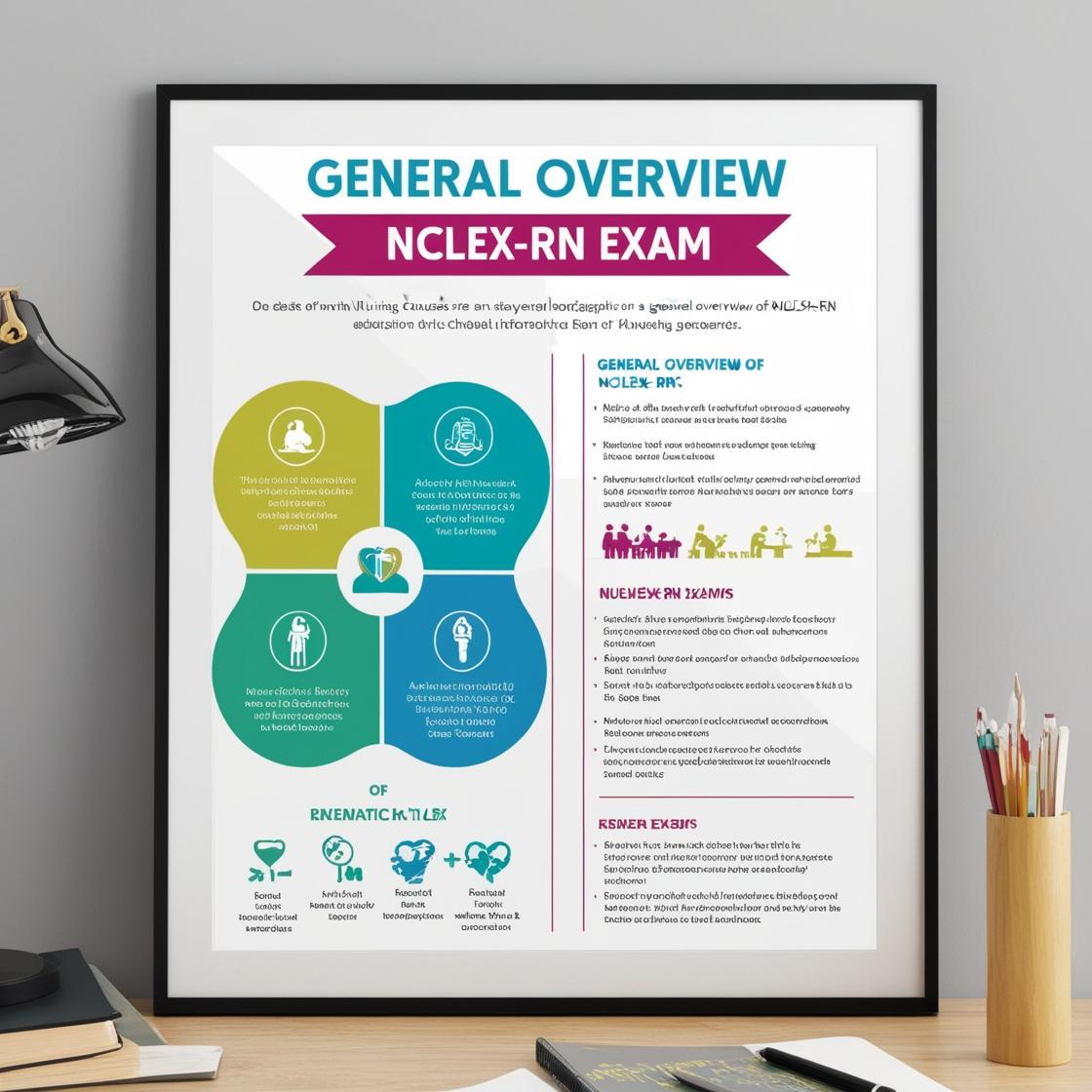NCLEX NCLEX-RN
Safe and Effective Care Environment NCLEX RN Questions
1. Which principle of body mechanics may help to reduce the risk of a back injury?
- A. Maintain a wide base of support
- B. Bend from the knees, not the waist
- C. Keep the back straight while lifting
- D. Push or pull objects rather than lifting
Correct answer: C
Rationale: Proper body mechanics are crucial to prevent injuries, especially for professions involving lifting and moving objects. Keeping the back straight while lifting is essential to reduce the risk of back injuries as it helps maintain the spine's natural alignment and prevents excessive strain on the back muscles. Choosing choices A, B, and D would increase the risk of back injury. Maintaining a wide base of support provides stability, bending from the knees instead of the waist protects the lower back, and pushing or pulling objects reduces the strain on the back muscles, all contributing to preventing back injuries.
2. A physician has ordered that a client must be placed in a high Fowler's position. How does the nurse position this client?
- A. The client is placed face-down
- B. The client lies on his back with his head lower than his feet
- C. The client lies on his back with the knees drawn up toward the chest
- D. The client is sitting with the backrest at a 90-degree angle
Correct answer: D
Rationale: A high Fowler's position is a modification of the semi-Fowler's position, in which the client is seated with arms resting at the sides or in the lap. The high Fowler's position requires that the client's head and upper chest are elevated, and the backrest is at a 90-degree angle. This position supports breathing and appropriate chest wall movement, making it easier for the client to breathe. Choices A, B, and C are incorrect because a high Fowler's position involves the client being in a sitting position with the backrest at a 90-degree angle, not being face-down, lying with the head lower than the feet, or lying on the back with knees drawn up towards the chest.
3. A client has applied a cold pack to their arm to help decrease swelling and inflammation after an injury. Which of the following signs indicates that the cold pack should be removed?
- A. The skin on the arm appears mottled
- B. The cold pack has been in place for 10 minutes
- C. The client complains of feeling nauseated
- D. The capillary refill in the area distal to the arm is 2 seconds
Correct answer: A
Rationale: When using a cold pack for therapeutic purposes, it is essential to monitor the site to prevent tissue damage. Prolonged use of cold therapy can lead to pale, mottled skin with a bluish appearance. This change in skin color indicates poor circulation, and the cold pack should be removed immediately to prevent tissue injury. Choices B, C, and D are incorrect because the duration of cold pack application, client complaints of nausea, and capillary refill time do not specifically indicate the need for the cold pack to be removed due to potential tissue damage.
4. A client in a long-term care facility has developed reddened skin over the sacrum, which has cracked and started to blister. The nurse confirms that the client has not been assisted with turning while in bed. Which stage of pressure ulcer is this client exhibiting?
- A. Stage I
- B. Stage II
- C. Stage III
- D. Stage IV
Correct answer: B
Rationale: The client is exhibiting a stage II pressure ulcer. A stage II pressure ulcer develops as a partial thickness wound that affects both the epidermis and the dermal layers of skin. This stage can present with red skin, blisters, or cracking, appearing shallow and moist. However, the ulcer does not extend to the underlying tissues at this stage. Choice A (Stage I) is incorrect as Stage I ulcers involve non-blanchable redness of intact skin. Choices C (Stage III) and D (Stage IV) are incorrect as they involve more severe tissue damage, extending into deeper layers of the skin and underlying tissues, which is not the case in this scenario.
5. A nurse caring for a client diagnosed with pertussis is ordered to maintain droplet precautions. Which of the following actions of the nurse upholds droplet precautions?
- A. Assign the client to stay in a negative-pressure room
- B. Use sterilized equipment when sharing between this client and another person with pertussis
- C. Wear a mask if coming within 3 feet of the client
- D. Both A and C
Correct answer: C
Rationale: When caring for a client requiring droplet precautions, it is essential for the nurse to wear a mask when within 3 feet of the client. This practice helps prevent the transmission of droplet particles that may be produced when the client coughs or sneezes. Assigning the client to a negative-pressure room is not typically necessary for droplet precautions unless specifically indicated for airborne precautions. Using sterilized equipment when sharing between clients with pertussis is important for infection control but does not directly relate to droplet precautions. Therefore, the correct action to uphold droplet precautions in this scenario is to wear a mask when coming within close proximity to the client.

Access More Features
NCLEX RN Basic
$1/ 30 days
- 5,000 Questions with answers
- Comprehensive NCLEX coverage
- 30 days access
NCLEX RN Premium
$149.99/ 90 days
- 5,000 Questions with answers
- Comprehensive NCLEX coverage
- 90 days access
